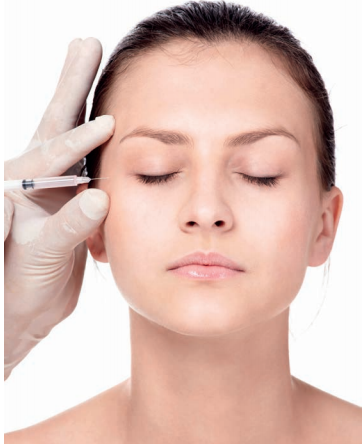February 2021
Neil Da Costa shows you how to tackle questions on this subject, using the example of a small business in the beauty game.
Here, I am going to show you how to ‘keep it simple’. Having been an Advanced Tax lecturer for more than 20 years, I am fully aware of which areas examiners say that students struggle with. In this article, I will be showing you how to deal with self-employed tax payments using simple examples featuring Candy’s Sweet Jabs, a Botox studio.
Payments on account
Self-employed individuals have to make two payments on account based on the income tax and Class 4 national insurance contributions for the previous tax year. The first payment on account is due on the 31 January of the current tax year while the second payment on account is due on the 31 July following the current tax year.
With regard to Class 2 NIC and CGT, there are no payments on account due. Instead, 100% if the tax is due in a single payment on the 31 January following the current tax year.
Simple example: Candy’s Sweet Jabs
Candy is self-employed and runs her own Botox studio called ‘Candy’s Sweet Jabs’, giving her clients their sweet, youthful looks back.
The previous tax year was 20/21 and her income tax was £12,000 while her Class 4 NIC was £3,000.
What are Candy’s payments on account for the tax year 21/22 and when are the payments due?
The tax year 21/22 runs from the 6 April 21 to the 5 April 22.
The total income tax and Class 4 NIC for the previous tax year was £15,000. This means that each payment on account will be £15,000 x 50% = £7,500.
The first payment on account is due on the 31 January 2022 and Candy would pay £7,500.
The second payment on account is due on the 31 July 2022 and Candy would pay the second instalment of £7,500.
Balancing payments
Self-employed individuals then make a final balancing payment based on the actual income tax and Class 4 NIC on the 31 January following the end of the current tax year.
On the same day, 100% of the Class 2 NIC and CGT for the current tax year is also due.
Candy’s Sweet Jabs (balancing payments)
Candy has had a great year in 21/22, with a higher number of customers desperate to look younger and responding to Candy’s effective marketing campaign.
Her actual income tax for 21/22 was £20,000 and her Class 4 NIC was £5,000. In addition, she has Class 2 NIC of £200 and a CGT liability on the sale of Forever Young Plc shares of £17,340.
What is Candy’s balancing payment and the total payment of tax due on the 31 January 2023?
Candy’s actual income tax and Class 4 NIC for 21/22 is £25,000.She has already made payments on account of £15,000 which leaves a balance of £10,000 due. In addition, she must pay 100% of the Class 2 NIC and CGT liability for 21/22.This means that the balancing payment is £10,000 + £200 + £17,340 = £27,540.
Unfortunately for Candy, on the 31 January 2023, she must also pay the first payment on account for the next tax year 22/23.
The payment on account for 22/23 will be based on the income tax and Class 4 NIC for 21/22 of £25,000. This means that her first payment on account for 22/23 will be £25,000 x 50% = £12,500.
As a result, the total payment due on 31 January 2023 is the balancing payment of £27,540 added to the payment on account for 22/23 of £12,500 which is a huge payment of £40,040.
Reducing payments on account
If the self-employed individual feels that the actual profits for the current year are lower than the previous year, then a claim can be made to reduce the payments on account.
However, if HMRC feel that a claim has been made negligently or fraudulently, they may impose penalties.
Candy’s Sweet Jabs (Reducing Payments On Account)
Unfortunately, Candy purchased a dodgy batch of Botox from a suspicious supplier at a discounted price and some of her clients are experiencing side effects such as hair loss.
To compensate them, Candy is offering full refunds and free hair extensions.
She estimates that her actual income tax and Class 4 NIC for 22/23 will be £16,000, compared with £25,000 for 21/22 Candy can claim to reduce her payments on account for 22/23 from £12,500 to just £8,000 (£16,000 x 50%).
You have now understood selfemployed tax payments and can easily earn marks on this popular exam topic.
• Neil Da Costa is a Senior Tax Lecturer with Kaplan. He believes in keeping things simple and making tax fun




